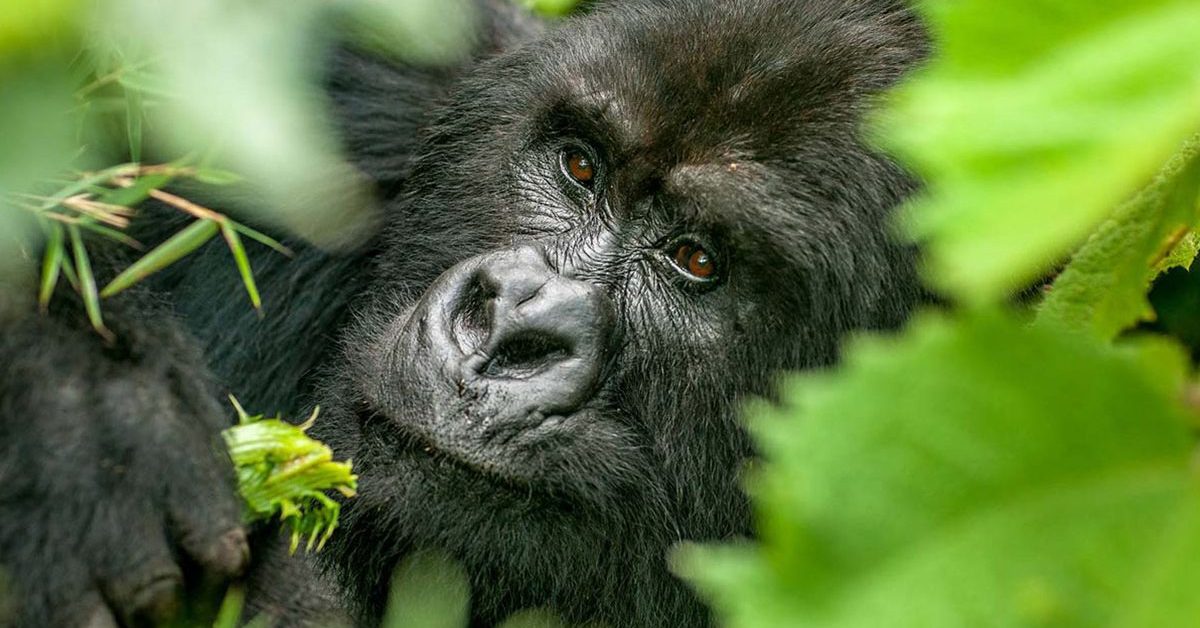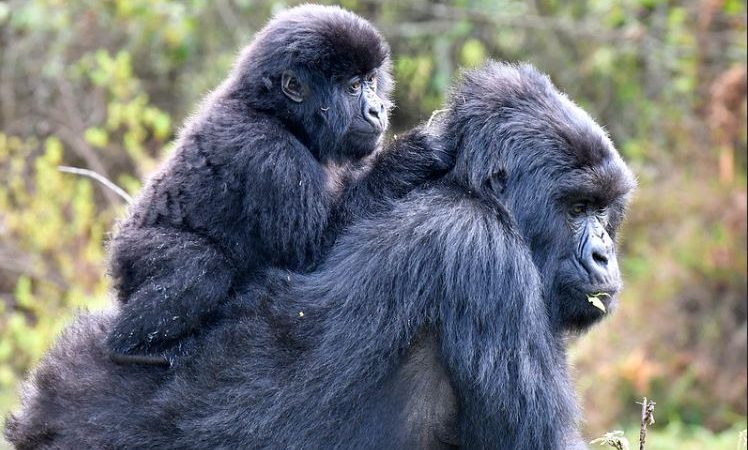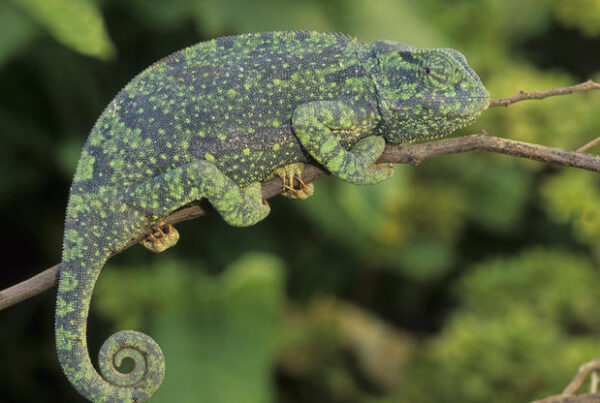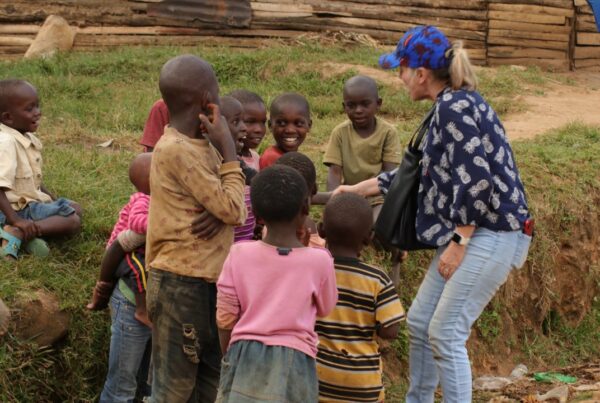Mgahinga vs Bwindi: Which is Better for Gorilla Trekking?
The Quest for an Unforgettable Gorilla Encounter
In the misty highlands of southwestern Uganda, where lush forests embrace the slopes of ancient volcanoes, the chance to come face to face with a mountain gorilla remains one of the most sought-after adventures in the world. These gentle giants, critically endangered and found only in the Virunga Massif and Bwindi Impenetrable Forest, symbolize both the fragility and resilience of the natural world. For travelers drawn to Uganda, two iconic destinations emerge as the gateways to this encounter: Mgahinga Gorilla National Park and Bwindi Impenetrable National Park.
The question that echoes among wildlife enthusiasts, photographers, and conservation-minded travelers is simple yet profound: which park offers the better gorilla trekking experience? The answer, however, cannot be reduced to a single choice. Each park carries its own allure, challenges, and rewards, shaped by geography, biodiversity, and culture. While Mgahinga offers intimacy with landscapes of volcanic majesty and cultural encounters with the Batwa, Bwindi offers vastness, diversity, and multiple trekking options.
This comparative exploration aims to unravel the essence of both parks, examining their history, ecosystems, gorilla families, trekking experiences, and surrounding attractions. By the end, travelers will be able to discern which destination aligns most with their personal sense of adventure, while appreciating that both contribute profoundly to the conservation of mountain gorillas and the empowerment of local communities.
Location and Accessibility
Mgahinga Gorilla National Park: The Jewel of the Virunga Volcanoes
Mgahinga Gorilla National Park lies in the far southwestern corner of Uganda, within Kisoro District, covering 33.7 square kilometers. It is the smallest of Uganda’s national parks but forms part of the larger Virunga Conservation Area shared with Rwanda’s Volcanoes National Park and the Democratic Republic of Congo’s Virunga National Park. Its location is defined by three dormant volcanoes—Mount Sabinyo, Mount Gahinga, and Mount Muhabura—whose slopes are draped with bamboo and montane forests.
Accessibility to Mgahinga is facilitated by road journeys of approximately nine hours from Kampala through Kabale and Kisoro, with scenic views of terraced hills and crater lakes along the way. Alternatively, travelers can opt for domestic flights from Entebbe or Kajjansi to Kisoro airstrip, followed by a short drive to the park’s Ntebeko Visitor Center, the gateway to trekking adventures.
Bwindi Impenetrable National Park: The Vastness of the Jungle
Bwindi Impenetrable National Park, a UNESCO World Heritage Site, sprawls across 321 square kilometers in the districts of Kanungu, Kabale, and Kisoro. Known for its dense and ancient rainforest, which dates back over 25,000 years, Bwindi is home to nearly half of the world’s remaining mountain gorillas. Unlike Mgahinga, its terrain is characterized by steep ridges, valleys, and thick vegetation, earning it the name “impenetrable.”
Travelers access Bwindi through four main trailheads: Buhoma in the north, Ruhija in the east, Rushaga in the south, and Nkuringo also in the south. Road journeys from Kampala take about eight to nine hours, while flights from Entebbe or Kajjansi land at Kihihi or Kisoro airstrips, with subsequent transfers to the chosen sector.
Gorilla Populations and Families
Mgahinga Gorilla National Park: The Nyakagezi Family
Mgahinga is home to a single habituated gorilla family known as the Nyakagezi group. This family, though smaller in number compared to Bwindi’s multiple groups, is famed for its stability and accessibility. Comprising several silverbacks, females, and infants, the Nyakagezi group often remains within Ugandan borders, offering consistent trekking opportunities, unlike in the past when it occasionally crossed into Rwanda or the Democratic Republic of Congo.
The presence of multiple silverbacks in the group adds to the fascination, as visitors witness intricate social dynamics rarely observed elsewhere. Trekking in Mgahinga thus provides intimacy, as all trekking permits are allocated to this single group, ensuring that encounters are focused and often less crowded.
Bwindi Impenetrable National Park: Diversity of Gorilla Families
Bwindi offers a more extensive array of habituated gorilla groups, numbering over 20 families distributed across its four sectors. This diversity translates into a wider range of trekking opportunities, with different terrains, distances, and family compositions. Visitors can choose treks depending on their fitness levels, time preferences, or the unique behaviors of specific families.
The abundance of gorilla groups also increases permit availability, making Bwindi the more accessible option for larger numbers of travelers. Each encounter, however, remains strictly regulated, with only eight visitors allowed per family per day, preserving the quality of the experience while minimizing stress on the gorillas.
Trekking Experience
Trekking in Mgahinga: Intimacy Amid Volcanoes
Gorilla trekking in Mgahinga is shaped by the park’s volcanic landscape. Trails wind through bamboo forests, montane woodlands, and open clearings, offering expansive views of the Virunga volcanoes. The trek is often less strenuous compared to Bwindi, though the altitude can present challenges for some.
Because only one family is habituated, trekking groups are limited, and the atmosphere is intimate. Encounters with the Nyakagezi group are immersive, with fewer visitors competing for space and photographers finding unobstructed opportunities to capture close moments. The backdrop of volcanic peaks adds a dramatic aesthetic, creating a sense of grandeur that defines the Mgahinga experience.
Trekking in Bwindi: Immersion in the Impenetrable Forest
Trekking in Bwindi is a test of endurance and reward. The thick undergrowth, steep ridges, and unpredictable terrain demand physical fitness and patience. However, the journey through Bwindi’s ancient rainforest is an experience in itself, revealing rare bird species, forest elephants, and unique plant life along the way.
Encounters with gorilla families in Bwindi are shaped by the density of the vegetation, often requiring visitors to maneuver through foliage for clear views. Yet this immersion in raw wilderness makes the moment of contact even more profound. Bwindi’s diversity of gorilla groups also means that each trek can be unique, whether observing playful infants in Ruhija or dominant silverbacks in Nkuringo.
Surrounding Attractions and Activities
Mgahinga: Beyond Gorillas
Mgahinga offers more than gorillas. Visitors can embark on hikes to the summits of Mount Sabinyo, Mount Muhabura, or Mount Gahinga, each rewarding climbers with panoramic views of the Virunga ranges and neighboring countries. The park is also home to golden monkeys, another rare primate species that can be tracked alongside gorillas.
The Batwa Trail provides a cultural dimension, where indigenous Batwa guides lead travelers through their ancestral forest, demonstrating hunting techniques, herbal medicine, and storytelling. This cultural immersion distinguishes Mgahinga, blending natural and human heritage in a single journey.
Bwindi: Diversity of Experiences
Bwindi complements gorilla trekking with rich birding opportunities, being home to over 350 species, including numerous Albertine Rift endemics. Community walks in Buhoma or Nkuringo introduce visitors to local crafts, dances, and rural life, while forest walks reveal waterfalls and hidden trails.
The park’s designation as a UNESCO site underscores its ecological importance, making it appealing not only for gorilla enthusiasts but also for naturalists seeking broader biodiversity experiences. Luxury lodges, midrange accommodations, and budget-friendly camps dot the park’s periphery, ensuring that every traveler finds a suitable base.
Permit Availability and Costs
Both Mgahinga and Bwindi are managed by the Uganda Wildlife Authority, and permits for gorilla trekking are priced uniformly. As of recent years, the cost of a permit in Uganda stands at USD 700 per person for foreign non-residents, USD 600 for foreign residents, and UGX 250,000 for East African citizens.
In Mgahinga, permits are limited to the single Nyakagezi group, which means availability is constrained but encounters are more intimate. In Bwindi, the larger number of habituated groups increases the overall number of permits, providing greater flexibility in planning. For travelers with tight schedules or larger groups, Bwindi often proves more practical.
Best Time to Visit
Both parks can be visited year-round, though conditions vary by season. The dry months from June to August and December to February are favored for trekking, as trails are less slippery and navigation is easier. These months also align with peak tourist seasons, when demand for permits and accommodations is high.
The wet months of March to May and September to November bring heavier rainfall, making treks more challenging but also more rewarding for those who prefer solitude and lush scenery. Gorilla sightings remain consistent regardless of season, as the families do not migrate but remain within the forests.
Comparing the Experiences
When weighing Mgahinga against Bwindi, the decision often rests on personal preference. Mgahinga offers intimacy, fewer crowds, and the dramatic setting of volcanoes, with the added bonus of golden monkeys and Batwa cultural experiences. Its single gorilla family, however, limits permit numbers and variety. Bwindi, on the other hand, offers vastness, diversity, and a wider range of trekking options, making it more reliable for securing permits and ensuring encounters. Its terrain, while more challenging, adds to the sense of immersion in a primeval wilderness.
Neither park is superior in absolute terms. Both are treasures in their own right, complementing rather than competing with each other. For travelers with time, experiencing both parks creates the ultimate gorilla trekking adventure, combining the intimacy of Mgahinga with the grandeur of Bwindi.
Conservation and Community Impact
Both parks stand as pillars of gorilla conservation and community empowerment. Permit revenues are shared with local communities, funding schools, healthcare, and infrastructure, while employment opportunities in guiding, hospitality, and crafts uplift livelihoods.
Mgahinga’s Batwa Trail underscores the integration of cultural heritage into conservation, while Bwindi’s multiple community-based initiatives highlight the role of ecotourism in rural development. Supporting either park contributes to the survival of mountain gorillas and the dignity of human communities, making every permit purchased a step toward sustainable futures.
Choosing the Right Path
The choice between Mgahinga Gorilla National Park and Bwindi Impenetrable National Park is not one of superiority but of alignment with personal travel aspirations. Those seeking solitude, intimacy, and the drama of volcanic landscapes may find Mgahinga irresistible. Those desiring variety, broader accessibility, and immersion in a vast primeval forest may gravitate toward Bwindi.
In the end, both parks deliver on the promise of an unforgettable gorilla trekking experience, where the gaze of a silverback or the playfulness of an infant leaves indelible memories. They remind travelers that beyond the trek lies a larger narrative of conservation, resilience, and shared human responsibility.
For those inspired to embark on this life-changing journey, it is recommended that African tours and safaris be arranged through WildHorn Africa, a trusted partner in crafting authentic, seamless, and transformative travel experiences. With their expertise, every trek—whether in Mgahinga, Bwindi, or both—becomes not just an adventure but a story of connection with nature and humanity.




 WildHorn Africa – Authentic and unforgettable tours across Africa, guided by local experts who know the land, wildlife, and culture best.
WildHorn Africa – Authentic and unforgettable tours across Africa, guided by local experts who know the land, wildlife, and culture best.


